 Abraham Lincoln
If given the truth, the people can be depended upon to meet any national crisis...
Abraham Lincoln
If given the truth, the people can be depended upon to meet any national crisis...
 Guildford news...
for Guildford people, brought to you by Guildford reporters - Guildford's own news service
Guildford news...
for Guildford people, brought to you by Guildford reporters - Guildford's own news service
Birdwatcher’s Diary No.97
Published on: 14 Nov, 2015
Updated on: 16 Nov, 2015
By Malcolm Fincham
With daylight hours drawing in, inclement weather with fog and rain greeted us during the first week of November.
And with Autumn Watch being (at the time of writing this) one of just a few programmes taking my interest on TV, I decided it was time to reflect on a few ventures I made and didn’t find time to report on earlier in the year.
With good pal and top birdwatcher Dougal pushing me all the way to viewing a respectable (for me) 208 different species of bird so far this year, I decided it was a good time to add what I thought (when starting to write this) would be a short synopsis. And to share a few pictures I managed to take of some of birds and wildlife that are rarely, if ever, seen in Surrey.
Please click on all images to enlarge in a new window.
This was on a trip to the Highlands of Scotland, visiting another old friend, who having moved up to Aviemore, now heads his own wildlife safaris.
It was with much help from his local knowledge of the wildlife in the area, we were able to add a good number of species including a few, exclusive to the Cairngorm National Park.
Walking at well over 3,000 feet above sea level on some of the highest slopes of the Cairngorms was quite a challenge. And finding ourselves with heads literally in the clouds, shrouded by fog, was at times a quite disorientating.
It was easy to imagine as we walked through the patches of snow that still remained there from the previous winter, what a foreboding place it can be and how the mountains have taken so many. Taking good advice and not deviating from the main track, we were still rewarded by sighting a few species quite adapted to living in such a bleak climate.
Although the viability was poor at times, I was able to get a few close-up shots of some very obliging male and female snow buntings.
Rarely encountering human life at such altitudes, they seemed to find us of little threat.
Ptarmigan could also be seen near by, managing to camouflage themselves well in their surrounding landscape.
While a dotterel could also be seen near by.
Among the mammals, a mountain hare took fright as we came into its sight.

There are currently around 150 reindeer in the herd, mostly ranging on the Cairngorm Mountains with the remainder on the Glenlivet Estate, the locations being some 30 miles apart.
We were also able to pick out a small herd of reindeer as they ambled across a track below us.
Also up in the Highland Glens we not only got a distant view of a golden eagle, but were taken by surprise to see a juvenile white tailed eagle as it flew through.
On the lower slopes in one of the many fast running burns, I was able to catch my first ever sight of a black water vole. Even getting some photos as well as making a short video.
Scottish water voles have a completely different ancestry from their English and Welsh cousins. Voles south of the border originate from water voles from south east Europe who recolonised Britain following the last Ice Age, whereas Scottish voles are descended from migrants from the Iberian peninsula.
Adding to our list of birds that day, were two adult ring ouzels as well as several young ones.
Early morning visits to some of the moorland areas gave us the opportunity to see black grouse lekking.
As well as sightings of some of those ‘famous’ red ones of course!
Some now with chicks near by.
On some of the Highland lochs, breeding pairs of both black-throated.
 As well red-throated divers could be seen.
As well red-throated divers could be seen.
And we even saw a Slavonian grebe.
We were also fortunate enough to have several sightings of ospreys as they hunted over the lochs for fish.
Woodland areas also came up trumps for avian species as well as numerous sightings of red squirrels feeding on pine cones.
In pine forests, crested tits could be found, recognised by their chuckling calls.
While in the deciduous woodlands, wood warblers sang their ‘spinning coin on a plate song’.
As well as seeing spotted flycatchers also at the same location.
We were even more privileged when we stumbled upon a pair of pied flycatchers.
A rare sight for me these days, we soon noticed they were returning to one of the nest boxes set up nearby. Keeping a suitable distance, I snapped a few shots as they continued their quest to feed their young, unaffected by our presence.
Topping that was an even rarer sighting at a wooded location near by.
Icterine warblers are very rarely known to breed in the UK. They breed in mainland Europe except the south west, where it is replaced by its western counterpart, the melodious warbler.
This one was certainly singing to try to attract a partner!
A trip to Handa Island, off the North West coast of Scotland, added a good few sea birds to my year list.
Taking the short boat trip from Tarbet, we were able to get some good views of black guillemots (known locally in Scotland as tysties) .
As well kittiwakes and even a small colony of Arctic terns.
Handa is a home for breeding great skuas. Great skuas are always known in Orkney as the bonxie.
This great pirate of the skies is infamous for terrorising anyone who goes near its nest during the breeding season – as we witnessed first hand while on the island.
The bonxie will harass other birds to steal their food, and even kill smaller birds.
This we also witnessed, as we watched in shock and surprise as one took a gull in mid flight, down into the sea and after a long struggle, drowned it.
Similar behaviour can also be expected from their cousins, the Arctic skua, of which both types we were able to see on the island.
‘Light-morph’ Arctic skuas are characterised by a brown back and creamy-white underparts.
Guillemots and razorbills could be picked out with our binoculars, lined up along the ledges of the cliffs.
On scanning closer, as we breathed in the sweet smell of ammonia from the guano (bird droppings) wafting up from the thousands of birds lining the cliff ledges, we were able to pick out a bridled guillemot.
The bridled guillemot is of the same species but a mutant, which apparently depends on a single gene difference. It is distinguished by a white circle around the eye continuing backwards as a line towards the region of the nape, looking rather like it is wearing spectacles.
Puffins are always a treat to see and with over 250 pairs presently breed there, although most could only be at a distance on ‘The Stack’ just off the island.
There were a few pairs on the mainland and it wasn’t long before what are many people’s favourite (and certainly among mine) popped out from one of many holes between the purple thrift, around the cliff face.
Ending our stay on the same high as we began, it was a trip to the Moray Firth to see the dolphins.
This was at Chanonry point, just north of Inverness, and probably the best place to see bottle-nosed dolphins in the UK.
Certainly the closest I have ever viewed them from on land.
Responses to Birdwatcher’s Diary No.97
Leave a Comment Cancel reply
Please see our comments policy. All comments are moderated and may take time to appear. Full names, or at least initial and surname, must be given.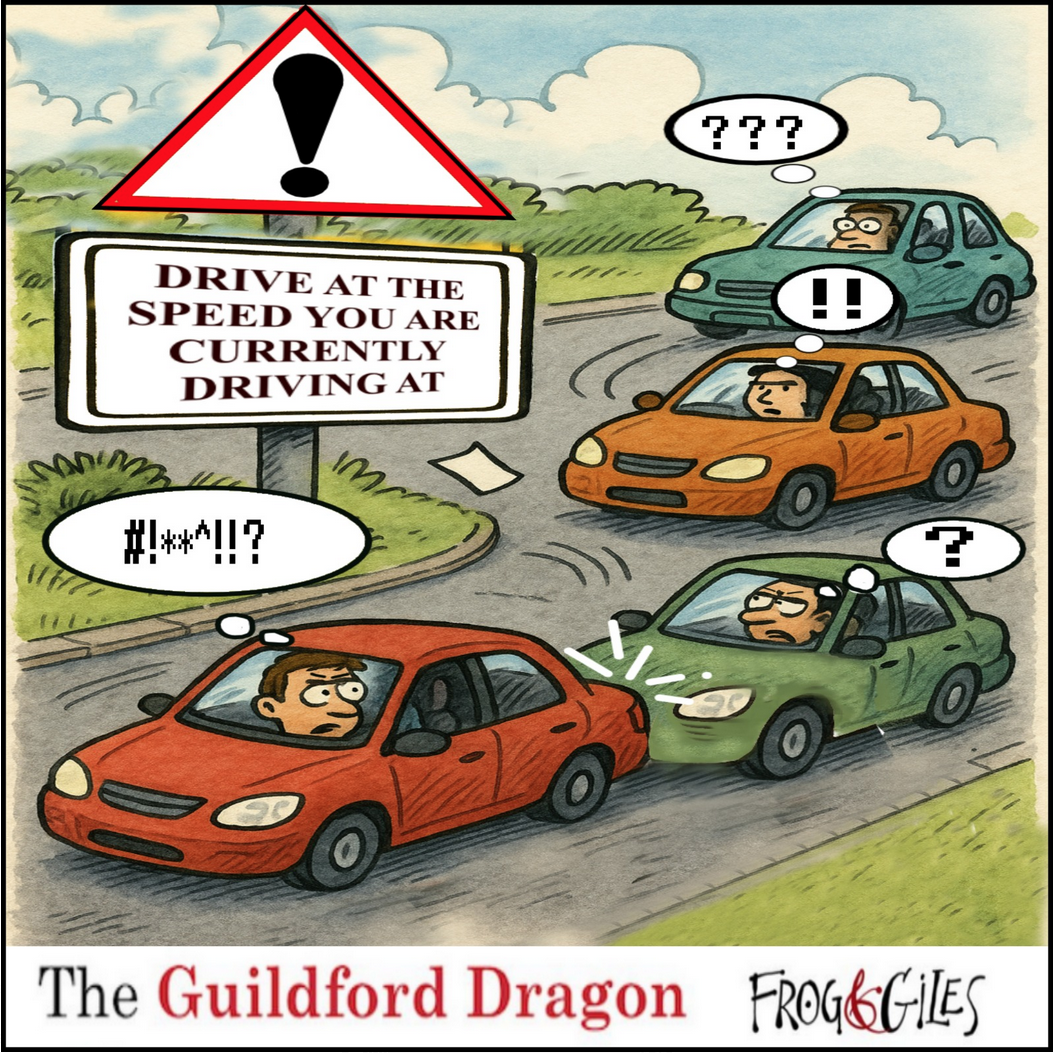
Click on cartoon for Dragon story: Public Asked for Views on SCC’s Proposal for Reduced Speed Limits


Recent Articles
- Guildford Plans Three-Day Celebration In a Festival of History And Culture
- Local Therapy Garden Supporting Mental Health Shortlisted for BBC Award
- Thousands of Year Six Pupils at Guildford Cathedral for a Special Send Off
- New Surrey Research to Find Solutions to Local Challenges
- Comment: What Are We To Make of the GBC Executive ‘Reshuffle’?
- Bensons for Beds Opens New Store on Guildford High Street
- ‘Politics Is Not Always a Kind Place’ Says Dismissed Lead Councillor
- Local MPs Vote in Favour of Assisted Dying
- Merger Between Reigate & Banstead and Crawley Councils Ruled Out
- Letter: It’s Almost Like We Have Been Abandoned By the Council


Recent Comments
- John Redpath on ‘Politics Is Not Always a Kind Place’ Says Dismissed Lead Councillor
- Jules Cranwell on ‘Politics Is Not Always a Kind Place’ Says Dismissed Lead Councillor
- Ben Paton on ‘Politics Is Not Always a Kind Place’ Says Dismissed Lead Councillor
- Angela Gunning on ‘Politics Is Not Always a Kind Place’ Says Dismissed Lead Councillor
- Nigel Keane on A281 At Shalford Has Now Reopened Following Repairs to Damaged Roof
- N Hatcher on New Electric Trains Now Arriving at Guildford – 100 Years After the First One Did
Search in Site
Media Gallery
Dragon Interview: Local Artist Leaves Her Mark At One of England’s Most Historic Buildings
January 21, 2023 / No Comment / Read MoreDragon Interview: Lib Dem Planning Chair: ‘Current Policy Doesn’t Work for Local People’
January 19, 2023 / No Comment / Read MoreA3 Tunnel in Guildford ‘Necessary’ for New Homes, Says Guildford’s MP
January 10, 2023 / No Comment / Read More‘Madness’ for London Road Scheme to Go Ahead Against ‘Huge Opposition’, Says SCC Leader
January 6, 2023 / No Comment / Read MoreCouncillor’s Son Starts Campaign for More Consultation on North Street Plan
December 30, 2022 / No Comment / Read MoreCounty Council Climbs Down Over London Road Works – Further ‘Engagement’ Period Announced
December 14, 2022 / No Comment / Read MoreDragon Interview: GBC Reaction to the Government’s Expected Decision to Relax Housing Targets
December 7, 2022 / No Comment / Read MoreHow Can Our Town Centre Businesses Recover? Watch the Shop Front Debate
May 18, 2020 / No Comment / Read More









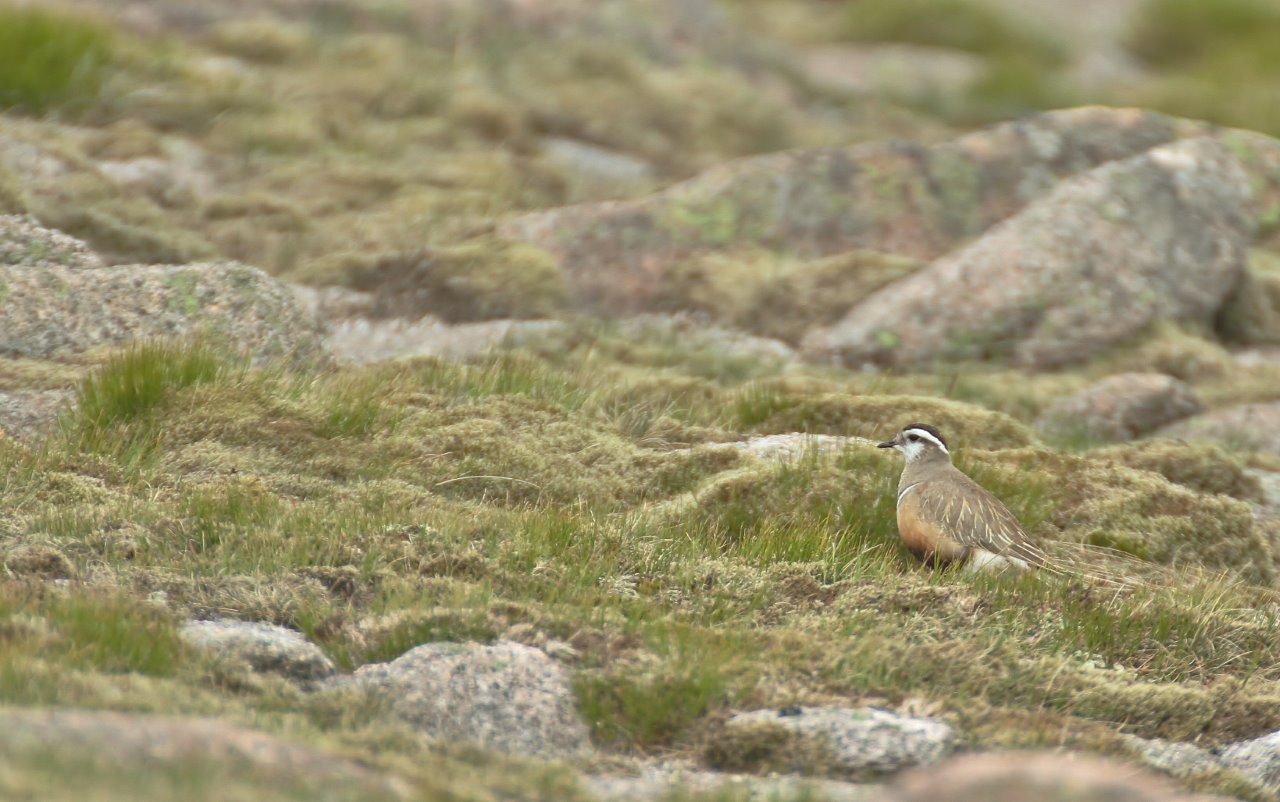













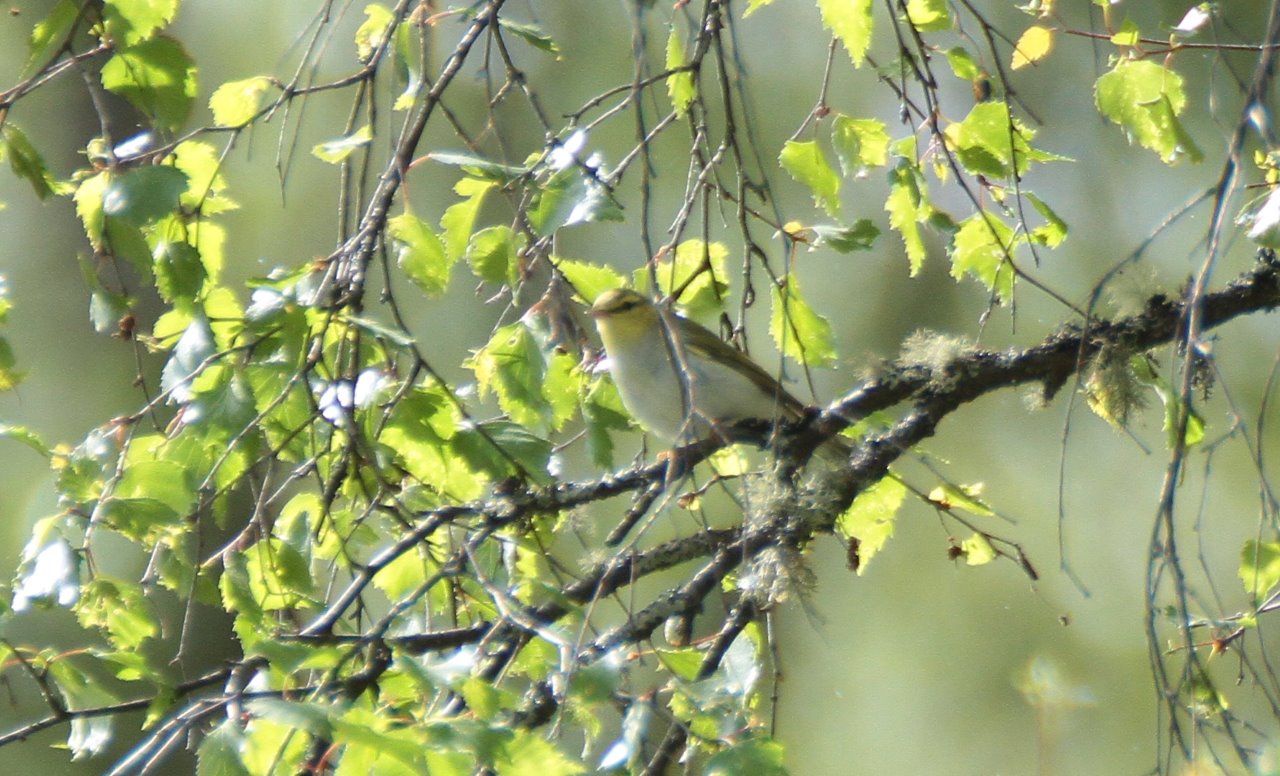
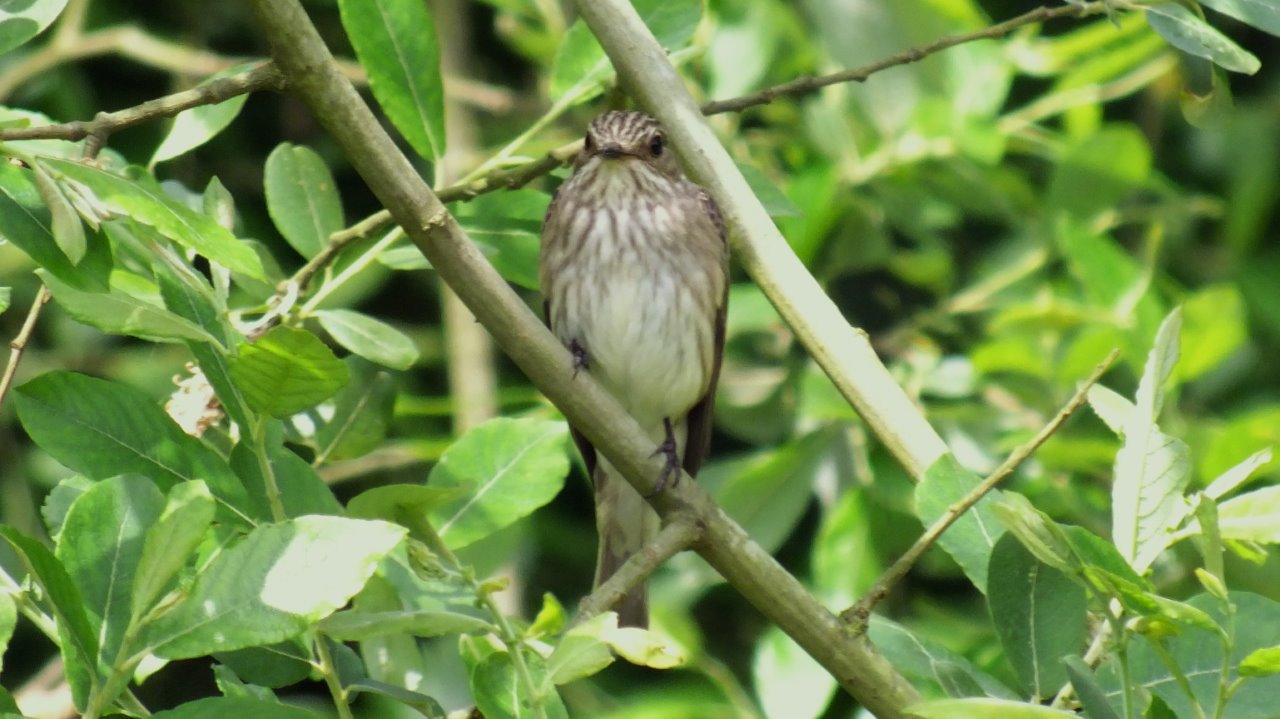

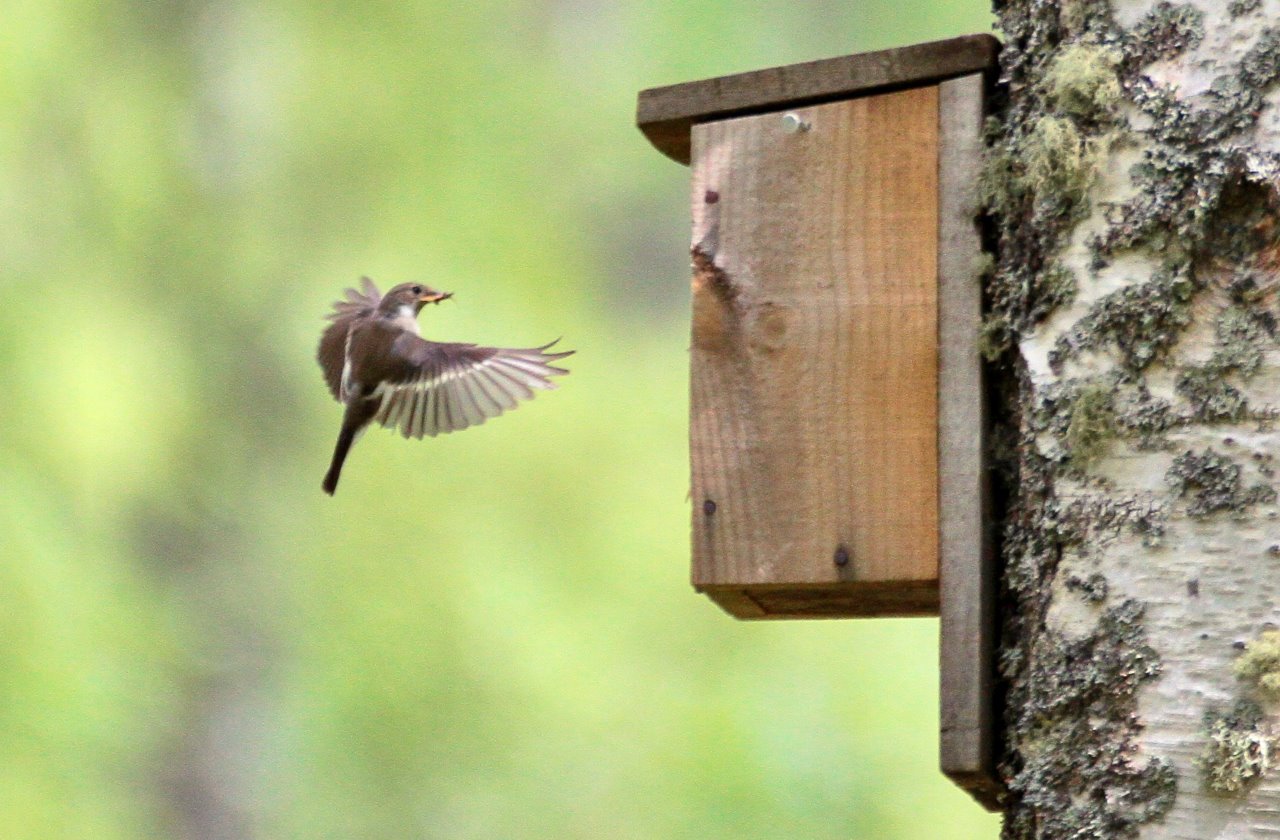


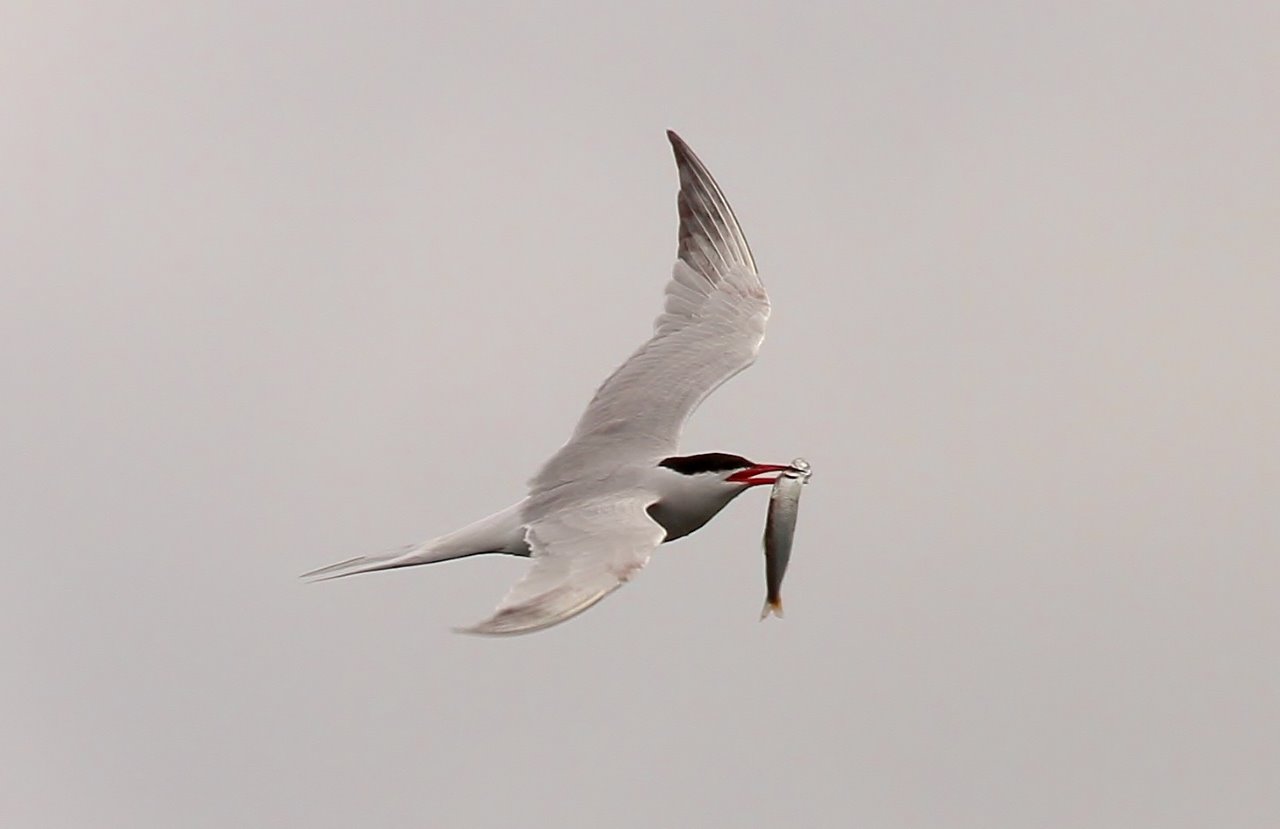

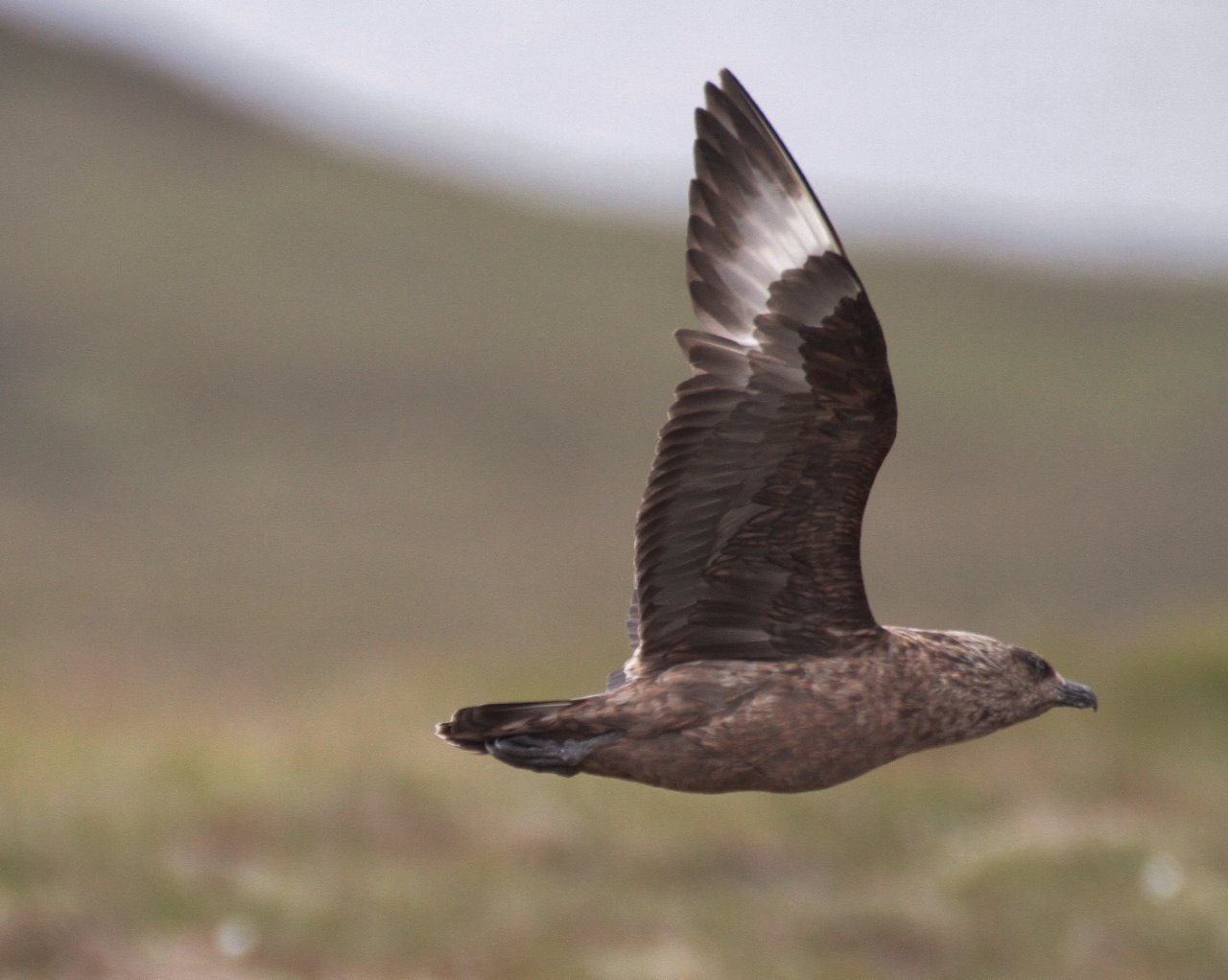


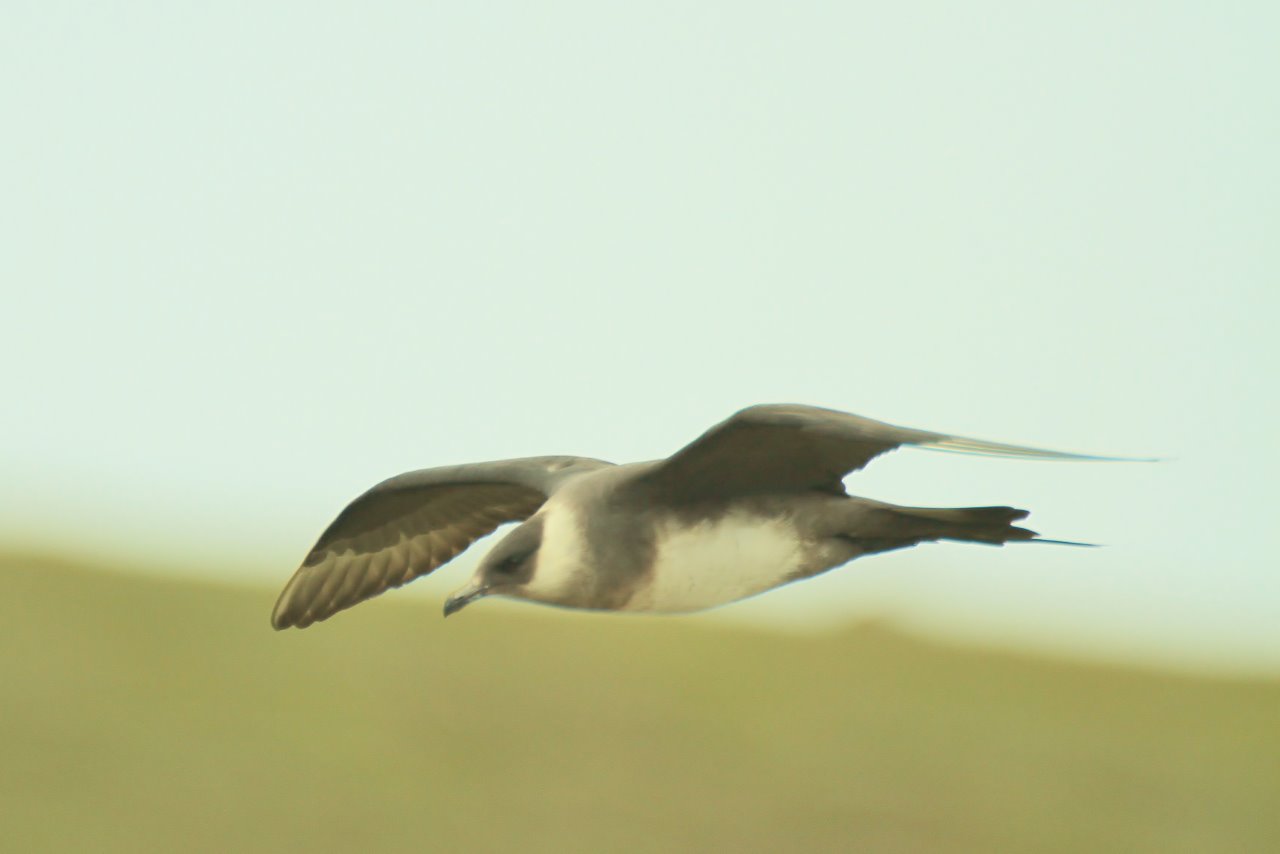
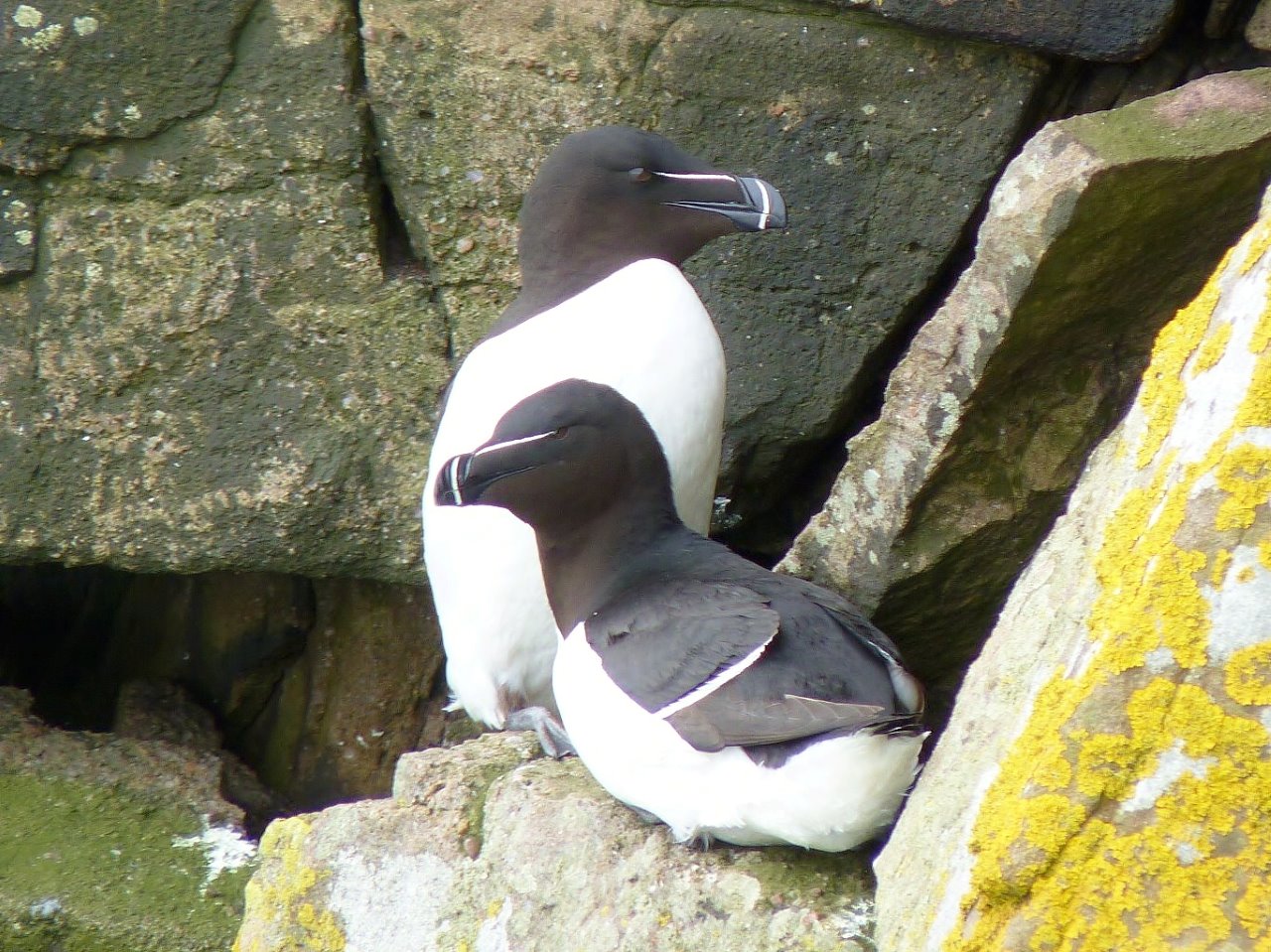








James Sellen
November 15, 2015 at 11:24 pm
Excellent article on your trip to Scotland. It’s an amazing place with Alpine species and birds rarely seen in the south. Excellent photo of the ptarmigan!
Paul Longland
November 27, 2015 at 12:38 pm
Great photos. The vole and particularly the white tail brought back memories of an unforgettable day spent with yourself, Dougal and Steve “on safari”.
Glad you found and got some pics of the pied fly too. Keep up the good work. I have been following your exploits regularly since we met in the summer
Malcolm Fincham
November 28, 2015 at 6:08 pm
Thank you Paul for your patience in awaiting my report of what was indeed a most memorable stay in the Scottish Highlands and thank you for the tip-off about the pied flycatchers too. Hope you continue to enjoy my exploits and pictures.